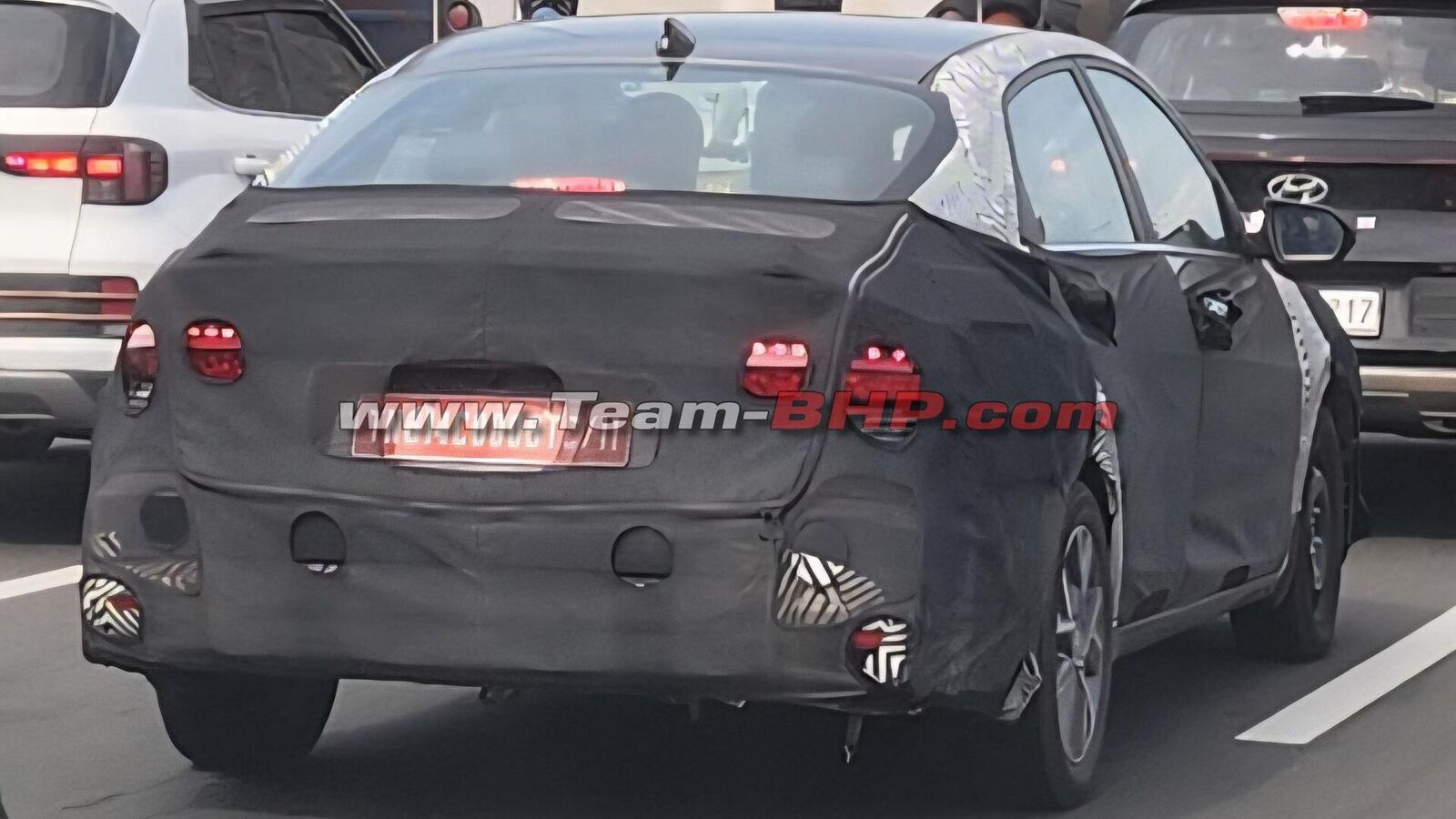01 October 2025

Residual values (RVs) of battery-electric vehicles (BEVs) continued to languish across many European markets during September. Autovista24 editor Tom Geggus explores the trends alongside Autovista Group experts.
Major European used-car markets saw RVs presented as a percentage of new car list price (%RV) continue to fall in September. Year on year, the average three-year-old car at 60,000km suffered declines across Austria, France, Germany, Italy, Spain, Switzerland and the UK.
This cements an ongoing market trend of value normalisation following the COVID-19 pandemic, which saw the unnatural inflation of RVs. But as the average across available powertrains deflates, one particular technology is dragging across all major markets.
BEVs retained the lowest amount of value of any major powertrain in all seven of the observed markets. The technology performed particularly badly in Italy. On average, all-electric models only managed a %RV of 28.5% after 36 months at 60,000km.
While they still trailed behind the wider market, the highest average %RV the powertrain recorded was in Spain at 44.9%. It was the only observed country where BEVs held on to more than 37.5% of their original list price.
The powertrain is subject to numerous RV pressures. Continuing range improvements and technological advancements are ageing younger models comparatively quickly. The entrance of new brands offering more affordable models also makes used BEVs less attractive.
Additionally, carmakers and governments want to increase the uptake of these all-electric cars to meet environmental targets. This can lead to the use of purchase incentives and discounts, which can put additional pressure on the RVs.
The powertrain is expected to see %RVs fall year on year by the end of 2025 across all observed markets. While this is the case for most technologies, the expected drop is steeper than the anticipated average market decline.
Austria’s market headwinds
Austria’s sales-volume index (SVI) for two-to-four-year-old passenger cars dropped sharply in September, falling by 13.9% compared with August. Year-on-year, the SVI declined by 8.8%, highlighting ongoing market headwinds.
The active-market volume index (AMVI) showed a slight month-on-month increase of 1.2%. However, compared to September 2024, the AMVI was down by 11.6%, indicating a continued supply contraction within this age bracket.
The average time needed to sell a used car fell further in September, to 65 days. This was down by 1.6 days compared with August. Full hybrids (HEVs) showed another improvement in the month, making them the fastest-selling powertrain once again. The fuel type needed only 55.5 days to sell on average.
This was followed by diesel vehicles at 59.5 days, petrol vehicles at 63.7 days and plug-in hybrids (PHEVs) at 72.4 days. BEVs continued to take the longest time to sell at 78.6 days.
Meanwhile, the average %RV of a 36-month-old car at 60,000km declined to 47.6% in September. This equated to a 0.5 percentage point (pp) drop from August, and a 2.7pp year-on-year fall.
HEVs retained the highest trade value at 51.6%, followed by petrol cars at 49.9%. Then came diesel models with 48.4%, and PHEVs with 45%. BEVs held the lowest %RV once again, at 37.5%.
‘Looking ahead, %RVs are expected to stabilise gradually until the end of the year,’ said Robert Madas, Autovista Group’s regional head of valuations. ‘Forecasts suggest a 0.7% increase by the end of 2025 compared to December 2024, followed by a 0.7% decline in 2026, and a 0.6% decrease in 2027.’
Residual values down in France
‘RVs continued to fall in France during September, with slightly higher list prices and lower absolute values,’ outlined Ludovic Percier, Autovista Group’s senior RV analyst for France.
Compared with August 2025, all powertrains took longer to sell on average. The sales volume also dropped month on month and year on year, as the used-car market reacted to a complex economic climate.
Petrol and diesel-powered cars only saw very small RV declines in the month, in contrast with a negative global trend. These used models are still in demand in France while the number of new internal-combustion engine (ICE) powered cars shrinks.
HEVs were once again the fastest-selling powertrain. Used HEVs are in increasing demand in France, but carmakers cannot risk adding big price premiums to these models. This would jeopardise the powertrain’s RVs.
Three of the top five fastest-selling HEVs came from Toyota, including the Rav 4, Yaris and Corolla. The other top spots were filled by the Kia Sportage and Hyundai Tucson.
PHEVs saw worse results, with used-car buyers not accepting the powertrain’s higher prices. As these models now feature longer electric ranges, many brands have only been able to increase list prices.
Supply and demand imbalance
‘Demand and supply are still unbalanced,’ said Percier. ‘In previous years, many vehicles were sold to fleets on the back of fiscal advantages. However, private used-car buyers have no interest in paying such a high price for PHEVs.’
Month on month, the powertrain saw the sales-volume index fall by 14.8%. Smaller PHEVs in the C-SUV segment were the easiest to sell, however.
At 35.5%, BEVs retained the lowest percentage of their original list price after 36 months and 60,000km. This was down both month on month and year on year. The fastest-selling BEV was the relatively affordable BYD Atto 3, followed by the Tesla Model Y and Model 3.
Both the new and used-car markets continue to be crowded. The new-car market will be pushed along by reinforced fiscal advantages for fleets.
ICE models have been more penalised since the beginning of the year. This will increase the flow of BEV models into an already submerged used-car market. Social leasing will only exacerbate this situation when it is reintroduced.
Germany’s RVs remain under pressure
‘Following a decline in July and a significant increase in August, used-car demand in Germany increased only slightly in September,’ Madas said.
The SVI for two-to-four-year-old passenger cars edged up by 0.8% compared with August. However, this still marked a 10.9% year-on-year decrease, indicating that market activity remains subdued compared to the previous year. The AMVI also rose by 0.8% month-on-month, but was still 1.1% lower than in September 2024.
The average number of days needed to sell a used car in September was 59.9 days. This was similar to August, but 1.1 days longer than in September 2024. HEVs sold the fastest at 57 days, closely followed by PHEVs at 58.3 days and diesel models at 58.7 days. Petrol cars took slightly longer to sell at 60.4 days. BEVs took the longest amount of time to leave dealerships, doing so at 62.2 days.
The average %RV of a 36-month-old car at 60,000km increased marginally to 48.4% in September, up 0.1pp from August. However, this represents a 1.7pp year-on-year decrease. Petrol cars led the market with a %RV of 50.1%. Then came diesel cars at 49.4% and HEVs at 49.1%, followed by PHEVs at 43.6%. BEVs retained the lowest level of value at 36.9%.
Although RVs recently stabilised in Germany, the level is significantly lower than in previous years, and demand remains rather weak. Therefore, RVs can be expected to remain under pressure.
‘In 2025, %RVs are forecast to decrease by 2.6% compared with December 2024,’ Madas commented. ‘Pressure will likely ease in 2026, with RVs forecasted to suffer a smaller decline of 1.4%.’
Residual values fall in Italy
Approaching the final phase of the year, the results for Italy’s used-car market are coming into focus. On average, 36-month-old cars at 60,000km saw their RVs fall year on year.
In %RVs terms, values fell by 4.4pp compared with September 2024. This fell in line with an observed negative trend, one which is expected to continue towards the end of 2025.
Liquefied petroleum gas (LPG) vehicles continued to enjoy the greatest %RV stability, down 1.8pp year on year. Meanwhile, diesel models retained the most value again, holding on to 50.8% of their original list price. This was compared to a market average of 46.4%.
Compared with last month, the sales volume of vehicles aged between 24 and 48 months dropped by 22.3%. Alongside this, the average time needed to sell a vehicle increased by 4.6 days. BEVs took the longest amount of time to sell, averaging 78.9 days. This was up by 9.3 days from the previous month.
BEVs are currently facing the greatest uncertainty. Starting from mid-October, purchase incentives of up to €11,000 may become available, depending on income level,’ said Marco Pasquetti, Autovista Group’s cluster head of forecasting for Spain and Italy.
‘Such a substantial incentive could put further pressure on the used-car market and RVs. However, it is better to wait and observe the market’s response to understand whether a backlash will actually occur,’ he added.
Used-car transactions fall in Spain
‘The Spanish new-car market has maintained its strong momentum, supported by a favourable economic environment,’ highlighted Ana Azofra, Autovista Group’s head of valuations and insights, Spain.
Far from showing signs of slowing down, registrations grew again in August by 17.2% year on year. This equated to a 14.6% increase in the year to date.
Electric vehicles (EVs) played a particularly prominent role. Together, BEVs and PHEVs recorded 161.9% growth compared to August 2024, and a 98% increase in the year to date. August’s EV market share of 24.4% brought Spain closer to the European average.
This new-car market momentum is limiting the possibilities for the used-car market, which saw transactions fall by 0.7% in August. Despite this slight decline, the supply from professional traders remained very positive. Sales of young used vehicles, which account for the bulk of the network’s activity, grew considerably.
‘Average transaction values felt the pressure of petrol and EV prices, as other powertrains showed slight growth,’ Azofra said. ‘Overall, the situation is stable and positive. Most of the 2025 adjustments have already occurred in the first part of the year.’
Stock volume was lower in September than last year, and the number of days needed to sell a used car fell accordingly. Last month’s fastest-selling models were the Cupra Leon, the VW Taigo, and the Dacia Sandero.
Switzerland sees demand rebound
After a modest decline in July and a sharper drop in August, used-car demand in Switzerland rebounded strongly in September. The SVI for two-to-four-year-old passenger cars surged month-on-month by 12.6%. However, year-on-year, the SVI was down by 3.3%.
The AMVI edged down slightly by 0.6% compared to August, indicating stabilising used-car supply. However, the supply volume of passenger cars in this age bracket was 10.9% lower than in September 2024.
‘The average %RV of a 36-month-old car at 60,000km rose slightly to 42.8%,’ Madas said. ‘This marks a continued year-on-year decline, down by 4.5pp from the values recorded 12 months ago.’
HEVs retained the most value in September by far at 47.5%. Then came petrol cars at 44.1%, diesel models at 42.2% and PHEVs at 40.6%. BEVs continued to be the worst-performing powertrain. All-electric cars held only 35.9% of their original list price.
The average number of days to sell a used car increased to 78.1 days, four days more than in August, but still six days faster than in September 2024. HEVs sold fastest at 66.6 days, followed by diesel cars at 76.1, petrol models at 76.4 days and PHEVs at 84.8 days. Meanwhile, BEVs needed the most time to sell, at 85.9 days on average.
A trend of relatively stable supply and low demand is expected to continue as various uncertainties persist into the remainder of 2025. Therefore, %RVs are forecast to decrease in the coming years, but at a slower pace. By the end of 2025, %RVs are expected to decrease by 5.9% compared to December 2024, with a further, smaller year-on-year drop of 1.5% anticipated in 2026.
Deceptive residual value uplift in UK
‘RVs in the UK saw a modest uplift in September. The average RV of a three-year-old car rose to 49% of the original cost new price. However, this improvement is a result of the plate-effect, rather than market performance,’ explained Jayson Whittington, Autovista Group’s regional head of valuations, UK.
A car registered in September 2022 displayed a ‘72’ plate. However, in August 2022, a ‘22’ plate would be on display. This plate distinction commands a higher value, which is why an uplift was recorded in this month’s report. However, the increase seen in September 2024 was 1.9pp. This year there was only a 1pp increase, suggesting a softer impact this time around.
When comparing like-for-like data with September 2024, the average %RV dropped by 3.3 pp. This downward development is not a reflection of poor market conditions; if anything, it is best described as ‘steady’. This is because it is a continuation of a realignment in values following the spike experienced in 2021.
Retail dynamics remained healthy, with the average time to sell a used car holding at 34 days, three days quicker than the same period last year. BEVs continued to lead in turnover speed at 31.4 days, followed closely by PHEVs and hybrids. Petrol cars sold right on the 34-day average, while diesel variants lagged at 40.8 days. Despite slower turnover, diesel models retained the highest %RV at 52.4%.
‘Looking ahead to October, it will be interesting to see if the volume of cars increases in wholesale channels. An increase in volumes is often observed following September’s plate-change activity. However, with a subdued used-car supply this year, prices may not be adversely affected,’ Whittington concluded.





